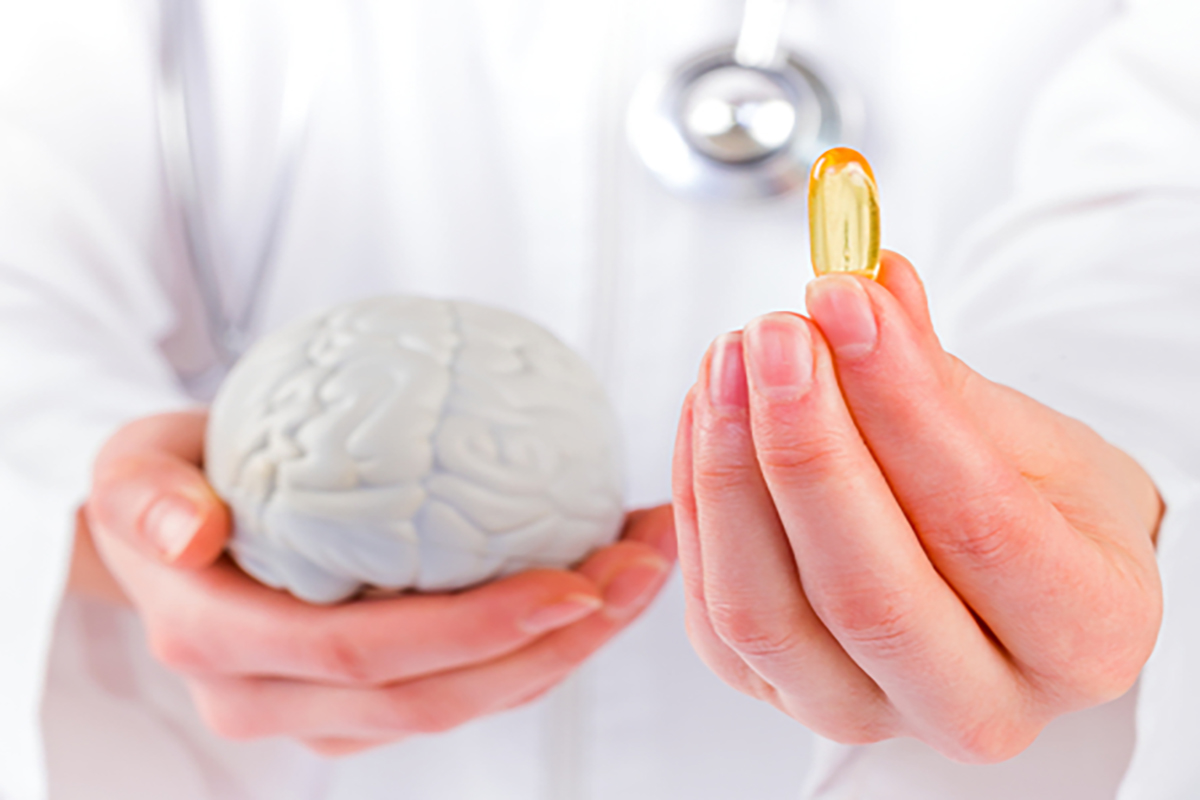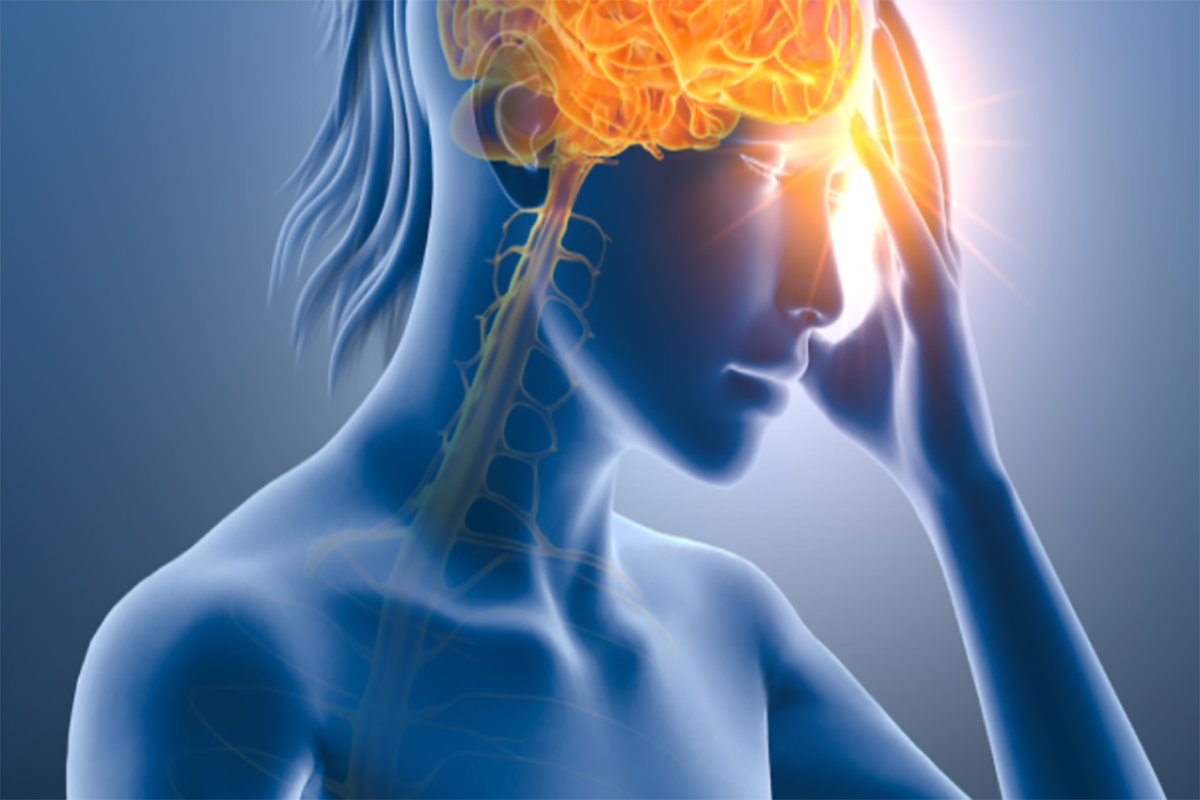
Understanding Parkinson’s Disease: Symptoms and Diagnosis
By Dr. Puja Kushwah in Neurology
May 21, 2024
Parkinson’s disease is an advancing neurological condition that impacts motor function. It develops gradually, usually starting with subtle symptoms that may go unnoticed in the early stages. As the disease progresses, symptoms become more pronounced and can significantly impact daily life. Understanding the symptoms and the diagnostic process is crucial for timely intervention and management.
Symptoms of Parkinson’s Disease:
Tremors: One of the most common early signs of PD is tremors, often starting in the hands or fingers. These tremors typically occur when the affected limb is at rest and may disappear with purposeful movement.
Bradykinesia: Bradykinesia refers to slowness of movement, which can make everyday tasks challenging. People with PD may experience difficulty initiating movement, performing repetitive actions, and experiencing a general sense of sluggishness.
Muscle Rigidity: Muscle stiffness and rigidity are prevalent in PD and can affect various parts of the body, leading to discomfort and reduced flexibility.
Postural Instability: As PD progresses, individuals may experience difficulties with balance and coordination, increasing the risk of falls.
Impaired Balance and Coordination: Balance problems and difficulty coordinating movements can result in unsteady gait and frequent falls.
Speech and Swallowing Difficulties: PD can affect the muscles involved in speech and swallowing, leading to changes in voice quality, slurred speech, and difficulty swallowing.
Non-motor Symptoms: In addition to motor symptoms, PD can cause a range of non-motor symptoms, including cognitive impairment, mood changes, sleep disturbances, and autonomic dysfunction.
Diagnosis of Parkinson’s Disease:
Diagnosing Parkinson’s disease involves a thorough evaluation of symptoms and medical history, along with various diagnostic tests. There is no single test to definitively diagnose PD, so healthcare professionals rely on a combination of clinical assessments and exclusion of other possible conditions.
Medical History and Physical Examination: The healthcare provider will inquire about the patient’s symptoms, medical history, and family history of neurological disorders. A comprehensive physical examination will assess motor function, coordination, and reflexes.
Response to Medication: Parkinson’s medications, such as levodopa, can help alleviate symptoms temporarily. A positive response to these medications may support a PD diagnosis.
Neurological Assessment: A neurologist may conduct specific neurological tests to evaluate motor function, balance, coordination, and cognitive abilities.
Imaging Studies: Neuroimaging techniques, such as magnetic resonance imaging (MRI) and computed tomography (CT) scans, may be performed to rule out other conditions that mimic PD symptoms and to detect any structural changes in the brain.
Dopamine Transporter Imaging: Dopamine transporter imaging, using techniques like single-photon emission computed tomography (SPECT) or positron emission tomography (PET), can assess dopamine levels in the brain, aiding in the diagnosis of PD.







